January 13, 2016
People have been tasting wine for thousands of years.
People have been making money as wine tasters for hundreds of years. Sounds like an awesome gig, huh? What do they know that you don’t?
When it comes to tasting wine and understanding how to evaluate a wine for its qualities and note its faults, by the time you are finished reading this page, not too much. Of course they will have a greater understanding on the history of the wine, the grape, the appellation the wine came from, as well as the chemistry behind things, but knowing those types of interesting information are not going to make you a better taster. Reading this page, and tasting wine again, and again are going to turn you into a better taster.
Remember, wine tasting, wine drinking, or evaluating wine are related, but they are different skill sets. Tasting wine is more for education to help you understand the wine and let you know if you like the wine, or not. Evaluating wine is for a deeper, more critical look at the wine, or wines in question. Evaluating wine is often done in peer groups letting you know how a wine, or group of wine compares to other wines in the same peer group. Drinking wine is for pleasure. Hopefully, you will be be spending a lot more time drinking wine than evaluating or tasting wine. The best wines in the world are meant to be enjoyed with friends and family over a meal. Or with me. You can absolutely enjoy them with me.
The problem most people have with wine is “oenophobia,” a fear of wine. The fear comes from the a variety of factors starting with unfamiliarity with wine and how to talk about wine and explain what you’re tasting. This dictionary of wine terms will help you with that: ABC of Wine, A Glossary of Important Wine Terms.
The first step in understanding how to taste is wine is get over your fear. There is no right or wrong in your taste. You are always going to like what you like because you like it. Do not pay attention to the geek at the winery next to you, with his fancy vocabulary. He may taste a lot more wine than you do, but he cannot decide what wine is best for your palate, only you can. Sadly, too many people make wine overly complicated. Wine is a unique beverage and it’s complexity is why many of us find it so fascinating, but at the end of the day….wine is meant to be enjoyed. If you’re enjoying the wine, you’re doing it right.
For now, let’s cover the basics of how to taste wine. To be a good wine tasters, all you need are your normal senses, sight, smell, taste and touch. With a little practice, you’ll see how easy it is to taste like a pro!
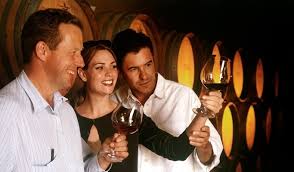 See
See
Just like food, your initial taste a wine starts with your eyes. The color of a wine can tell you a lot about the wine. One helpful hint is, when looking at a wine, hold out the glass and tilt it a bit. Try to hold the wine over a white surface like a white table cloth, plain white plate, napkin or other blank surface. At this point, you need to notice the depth of color from the rim to the center of the glass. To fully understand the ramifications of the color, in this case, it helps to have a minor understanding of how a wine should look for its grape varietal, age and growing season. For now, we are going to focus on Bordeaux wine, which is most often a blend dominated by either Cabernet Sauvignon or Merlot. For a young Bordeaux wine, the wine should be dark, displaying a depth of color from the rim to the center of the glass. The color can feature purple or dark blue, often shiny accents. Deeper and richer colors let the taster know this is a concentrated wine. For my palate, concentration and depth of flavor is a good thing. Young wines that lack good color are going to be lighter less ripe and more acidic in style. That is natural for wines made from Pinot Noir. But for young wines produced using Bordeaux varieties, you want to see a good, rich, deep color. The depth of color is also a good, beginning indicator of a wines style. An inky, dark hued Bordeaux is probably going to be intense, mouth filling lower in acid and long. Young Bordeaux or young Bordeaux styled wines with light colors are going to be lighter in flavor, with more red fruits than black and brighter in acidity.
Swirl
Next in your visual evaluation of the wine is the legs or tears on the side of the glass. You do this by swirling the wine in your glass and observing the ‘legs’ or ‘tears’ that remain after the wine settles.
The size of the tears or legs and the length of time they remain in the glass give a glimpse into the wines potential alcohol level and sweetness, as well as the viscosity of the wine. Thin legs that dissipate quickly are usually found in lighter, less concentrated wines. While fatter, or should I say more athletic legs that remain on the glass foretell of a rich, concentrated wine with lots of fruit, sweetness and length. Again, it’s important to note, the legs and tears of wine are related to the grape variety and the country the wine was made in. For Bordeaux styled wines, we want large tears that stay in the glass. Legs and tears will let you know a little about the alcoholic content and level of sweetness in the wine, they are not an indicator that you will like the wine, or not.
Swirling also helps open the wine up. Think of it like decanting a wine inside your glass. Swirling introduces Oxygen and helps mellow tannins, while accessing aromas and flavors.
Smell
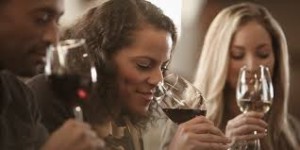
Smell
It’s said that as much as 85% of taste is derived from your sense of smell. But you cannot smell the wine without first swirling your glass gently. If you’re a beginner, to avoid smelling the wine once its drenched your clothes, swirl the glass, but keep the stem of the glass firmly planted on the table. You will not spill the wine if you keep the glass anchored to the table. The action of swirling your glass allows oxygen to enter into the wine, which allows the wine to release its scents into the air while coating the glass at the same time.
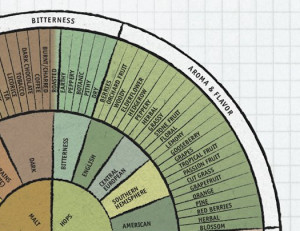
Aroma Wheel
After swirling your wine, you can use whatever technique that works best for you, when nosing the wines aromatics. However, one little trick that could help is, keep your mouth slightly open when inhaling and exhaling the scents from the wine. That little secret will allow you to discern more aromatic complexities in your wine. Next, do not simply inhale the aromas. Sniff them, more than once. You will inhale more of the wines aromatics using that technique. But at the end of the day, there is no right or wrong way to nose a wine. Use what works for you. Some tasters inhale deeply, others take small, short sniffs, while others practice a combination of both techniques. Find the technique that works best for you. To help understand the aromas that are correct for the grape varietal characteristics of the wine, please see our page on the Davis Wine Aroma Wheel
Generally speaking, if a wine smells good, meaning there are no off odors such as scents of wet dogs, old news papers, mold, vinegar or generally unclean scents, the wine is sound. The next step is to note how complex the wine smells and what scents make up its complex, aromatic profile. The key to being a good wine taster is understanding that we all have different levels of olfactory capabilities. Some people are going to be more sensitive overall than others. Select tasters will also sense some, specific fragrances better than others. Sense memory, or perhaps it should be scents memory” is the key here. Most of the scents found in wine are common to us. The lack of fear in trying to recall, recognize and communicate our sensations is all that is required here. It’s important to note that wines and the grapes they are made from are quite complex and that once your fear of sharing what you smell and taste subsides, wine will no longer simply smell like red wine or white wine. You’ll find a vast array of scents and flavors are present in your wine. Again, please refer to the Davis Aroma Wheel to get you started. It’s a great tool that will help you be a better wine taster.
Noting what you smell in a wine can tell you a lot about the wine and its potential character. For example, when examining wines from Bordeaux varietals, as well as some Rhone wines, the scents of dark fruit like blackberries and plum tell the taster the wine is made from ripe berries, The darker the fruits, the riper the wine and the higher level of sugar and alcohol. The scents of blueberries are the sign of an even riper wine. Jam flavors or scents in a wine can offer a sought after complexity in the right amount. Too much jammyness and the wine could be over ripe and too high in alcohol. Prune and raisin scents are more often caused by over ripe fruit, which is usually lacking in freshness. When looking at a wine, when you encounter cherries, raspberries or other red berries, that is often the sign of fruit that did not achieve full, phenolic ripeness. Those wines will be brighter in their palate profile and higher in acid as well. A light, balanced sense of oak is to be expected in young wines. This is reflected by odors of vanilla, coffee or toast aromas. But when those smells become the dominant characteristic in a wine, it is a potential sign that the wine will be oaky later in life as well. Regardless of the wine being white or red, remember, the fruit needs to smell clean and fresh. While earth and other mineral odors or sensations are a sought after complexity in wine, dirt in the fruit is not.
Part of being a good wine taster is also being able to recognize flaws in wine, especially corked wines. The biggest fault in a wine that a wine taster needs to be able to identify takes place due to TCA, which causes a wine to smell like a wet dog, or old, wet newspapers.
So far, we have dealt with primary scents in young wine as well as faults in wine, which can be found in young or old wine. Older, mature wines also need to retain a freshness to their aromatic profile. But when wines age and mature, they exchange their primary fruit aroma for more complex, secondary scents. In red wine, smells of earth, truffle, tobacco, spice, cigar box and forest floor and common aromas. White wines develop more notes of honey, flowers, spice, butter, popcorn, caramel and minerals with time.
Sip
Now that you have a good understanding of how to look at a wine, and smell a wine, all that’s left is to taste a wine. Right? Basically, yes. Note I said basically, because while your personal like or dislike of the wine is all that counts, understanding how to look for a few quality indicators will help you with being a better wine taster. More important than quality indicators is understanding why you like a certain wine, or not. Remember, there is no right or wrong when it comes to personal taste. The Davis Aroma Wine Wheel is going to help you find the aromas and scents you were thinking of, but could not find the words for. Our wine glossary gives you the language you might be seeking to help express what you are tasting and feeling in the wine on your palate.
Finally, we are at the good part in learning how to taste wine. We are actually tasting the wine! There are three, easy, secret tips on learning how to taste wine. Tasting a wine involves more than just your sense of taste, which focuses on the primary sensations of sweet, salt, bitter, sour and Umami, which are experienced on the top of your tongue through your taste-buds, there is also the texture of the wine and the length of the experience that you need to pay attention to. Remember, you are going to become a better wine taster the more you taste. You would not be reading this page, at least not this far into the page if you were not interested in learning how to taste wine. So go ahead, pour a glass of wine and let’s move to final and most fun part of this article.

Sip
Like I mentioned earlier, wine is for drinking, right? Wine tasting tip number 1, decanting wines. Young wines are almost always better with decanting. Decanting in advance allows the wine to breathe, which means the wine is going to soften in texture and develop more complex aromas in the glass. Decanting coupled with correct temperatures will improve your tasting experience with young wines. Your wine tasting tip #2 is, taste wines at the right temperature and try to always taste wine with a decent wine glass. For temperatures, red wine likes to be served at cooler temperatures. 60 to 65 degrees is about right. When red wines become too warm, the become flabby, lacking freshness and a lively, refreshing quality. White wines should be served 55 to 60 degrees. White wines become much less interesting as they warm in the glass. As for glasses, there are more makers of wine glasses today than I can count. I use Riedel. Schott and Zalto are quality producers. There are countless stemware manufactures to chose from. This is only a short list.
When buying glasses, it’s much easier than you think to decide on what you want, even considering the plethora of glasses available in the market place. Buy glasses that are clear. You must be able to see the wine. Avoid cut or colored glass. Buy glasses with bowls large enough to allow for a decent pour, yet not spill when being swirled. Glasses with stems are better for tasting. I know they do not go in the dishwasher. But the stems allow you to avoid fingerprints so you can see the wine, and they keep the wine at a lower temperature, as you are not handling the bowl while tasting. Reasonably thin lips on the glass allow the wine to fall more gracefully on your palate. The glass should be wider at the bottom than it is at the top to allow for ease in swirling, which helps develop in the wines aromatic complexities.
Some tasters find the perfumed aspect of a wine to be the most interesting. Others seek the experience of the wine on the palate. Count me in as a member of the second group. I like smelling a wine. I love felling the texture and reveling in the flavor of wine on my palate. There is no right or right. It’s a personal choice.
Keep in mind, there is a big difference between tasting a wine and drinking wine. Tasting is more like giving a wine its final exam. When tasting wine, you asses the wines balance, structure, palate feel, level of sweetness, acidity, complexity and length of the finish.
This is done by tasting the wine. Wine tasting tip #3, tasting wine is quite simple. Take a reasonable sip of wine into your mouth. It’s important that you place enough wine in your mouth the obtain the full flavor profile and textural sensations. If you take too small of a sip, you’ll miss some of much of the impact the wine has to offer. Next, slightly open your lips and inhale some air. At that point, gently chew on the wine for a bit. Slosh the wine around your mouth if you like. When tasting several wines, feel free to spit into a bucket, if one has been provided. Else, take a small swallow and enjoy. Notice all the sensations taking place in your mouth and on your palate. Did the wine feel good when it landed on your palate? Was the wine smooth, silky, velvet like and lush in texture? Or was the wine rough, dusty or dry? Was the wine light, concentrated and full bodied? Full bodied refers to the level of alcohol in the wine, which is often felt on the palate due to the amount of glycerin in the wine. Was the wine dense and did it seem concentrated, or was it light, or shallow? Was the wine hot, which is a sign of being unbalanced due to a high level of alcohol?
What did the wine taste and feel like initially? This is known as the attack. How was the fruit, was it fresh? Fresh means lively on your palate. The freshness comes from acidity. Was the wine sweet, bitter, spicy or sour? Was the wine tart or sour, which can be from under ripe fruits or too much acid? Or was the wine sweet and balanced, the sign of a quality wine. Balance refers to the all the main elements in the wine not overshadowing each other, fruit, acid and tannin. Using the same process as we practiced with smelling the wine, was the fruit dark or red in character? Were there signs on under ripe flavors?
Those characteristics and traits are all important qualities that every great wine shares. Lastly, the length and persistence of the finish. The longer the good, enjoyable flavors remain in your mouth, the better the wine. Did the wine taste and feel good from start, (the attack) to the finish? Was the wine complex? Complex means that there were multiple flavors and sensations at once. More is often better when it comes to wine. However, more does not mean too much. The average wine delivers a finish that is often not longer than 5 to 10 seconds. Very good wines last in your mouth for 20 to 30 seconds. The world’s best wines remain on your palate for up to 1 minute, or even longer!
Savor
Now that you have thoroughly examined the wine, ask yourself, do you want to drink it? Does each sip make you want another taste? Do you want to buy the wine? Do you want your friends to buy the wine? Does tasting or even better, does drinking this wine make you want to know more about wine? Those are some of the key questions you should ask yourself to determine how much you liked the wine.
Tasting wine and drinking wine are passions many people all over the world enjoy. Using the advice in this article will help you better understand what is in your glass and why you liked a wine, or not. If you follow some or all of these steps, you will become a better wine taster.
One last tip, remembering the wines you tasted if why you liked them or not is going to help you become not only a better wine taster, but a wine better wine buyer as well! Write a few comments down to help you remember. Take pictures of the labels from the wines you really liked, or didn’t and add a comment. Sooner than later, you will be surprised how much more comfortable you have become, now that you are a better wine taster.


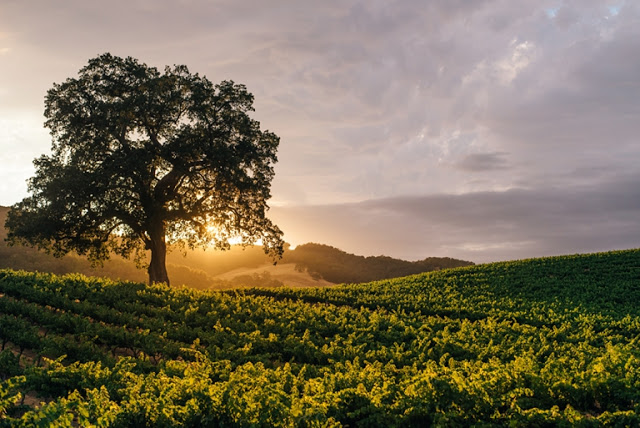

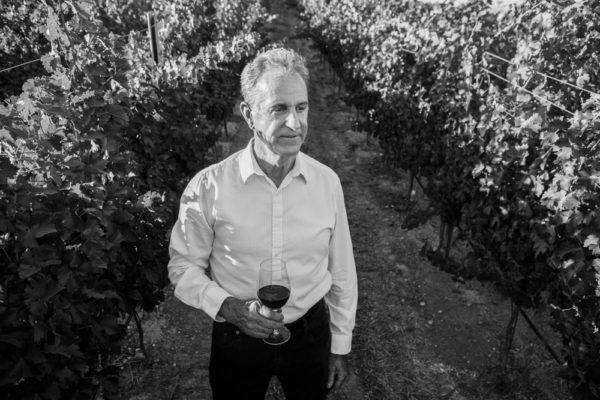

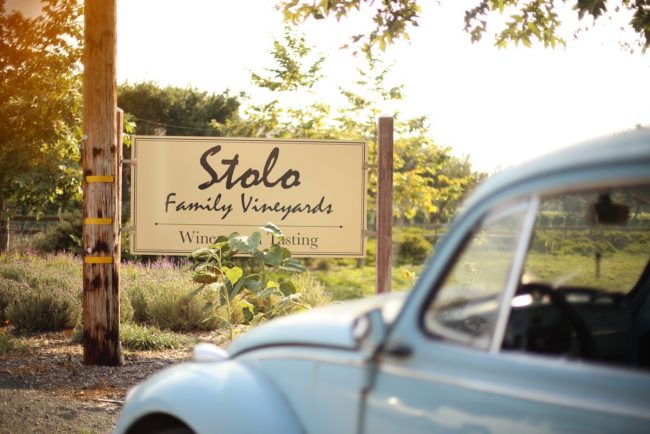
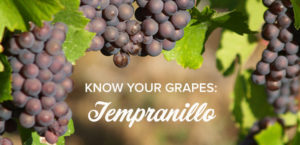
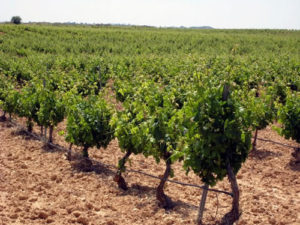
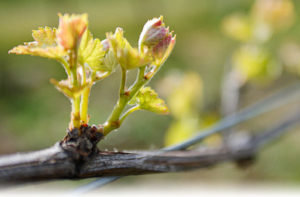
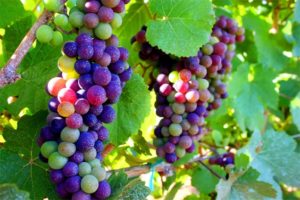
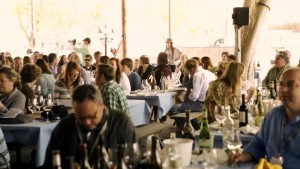
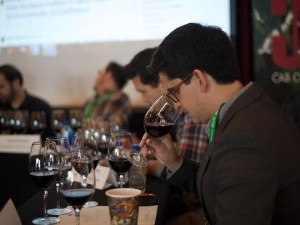
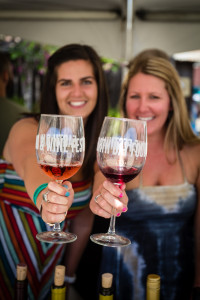
 See
See

